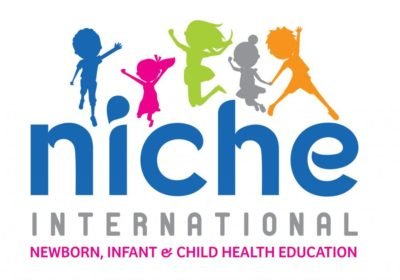In the UK, oxygen is piped to our wards and surgical theatres. Resuscitaires (for neonatal resuscitation) take air and O2 cylinders in case babies are delivered in areas where there is no piped O2. But really we only use cylinders nowadays in hospitals in the UK for teaching purposes – most resuscitation teaching rooms don’t have piped oxygen.
The hospital we are in currently in Liberia runs its electricity entirely on generators and only has running water for a few hours a day so it is unlikely to have piped oxygen any time soon. Oxygen has to be concentrated from air. We have a session on the O2 concentrator on day 2 of the Newborn Care Course and it gives the UK instructors’ a chance to take a break and hand over to the local instructors who are absolute whizzes on how these things work and, more importantly, how to maintain them. It is always one of the most popular workshops in the course; many neonatal nurses have one in the corner of their unit but it often doesn’t work because no one knows how to clean the filters, change the water etc. This demonstration can bring 4 or 5 defunct O2 concentrators back to life in one fell swoop!
Here is Kola explaining all about the O2 concentrator in ways which even I could understand for the first time ever. The last photos are of homemade CPAP which he has made from a bottle of mineral water and some oxygen tubing attached to the O2 concentrator. CPAP ensures pressure in the baby’s nose all the time he/she is breathing out as well as in. This prevents the lungs collapsing right down and effectively treats respiratory distress syndrome in the premature babies.



An oxygen concentrator can turn 21% from the air into 70 -90% O2 depending a bit on climatic conditions. WHO has put together a FAQ sheet for people who want to know more at https://www.newbornwhocc.org/ONTOP-DATA/Equipment-PDF/Oxygen-concetrator/FAQ-Oxygen-concentrator.pdf. Kola’s unit, courtesy of MCAI funding, has an O2 splitter which means that 3 babies can receive oxygen from the one concentrator. They rely on electricity to work so health facilities should keep some back up cylinders as well.
